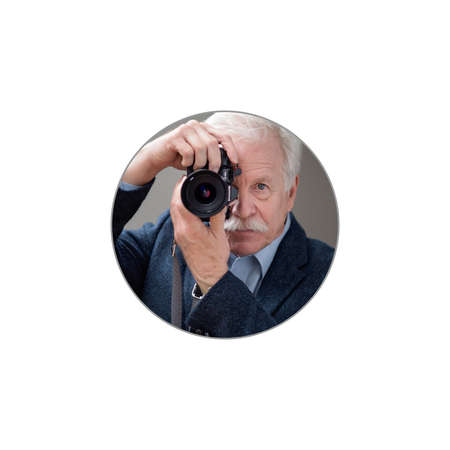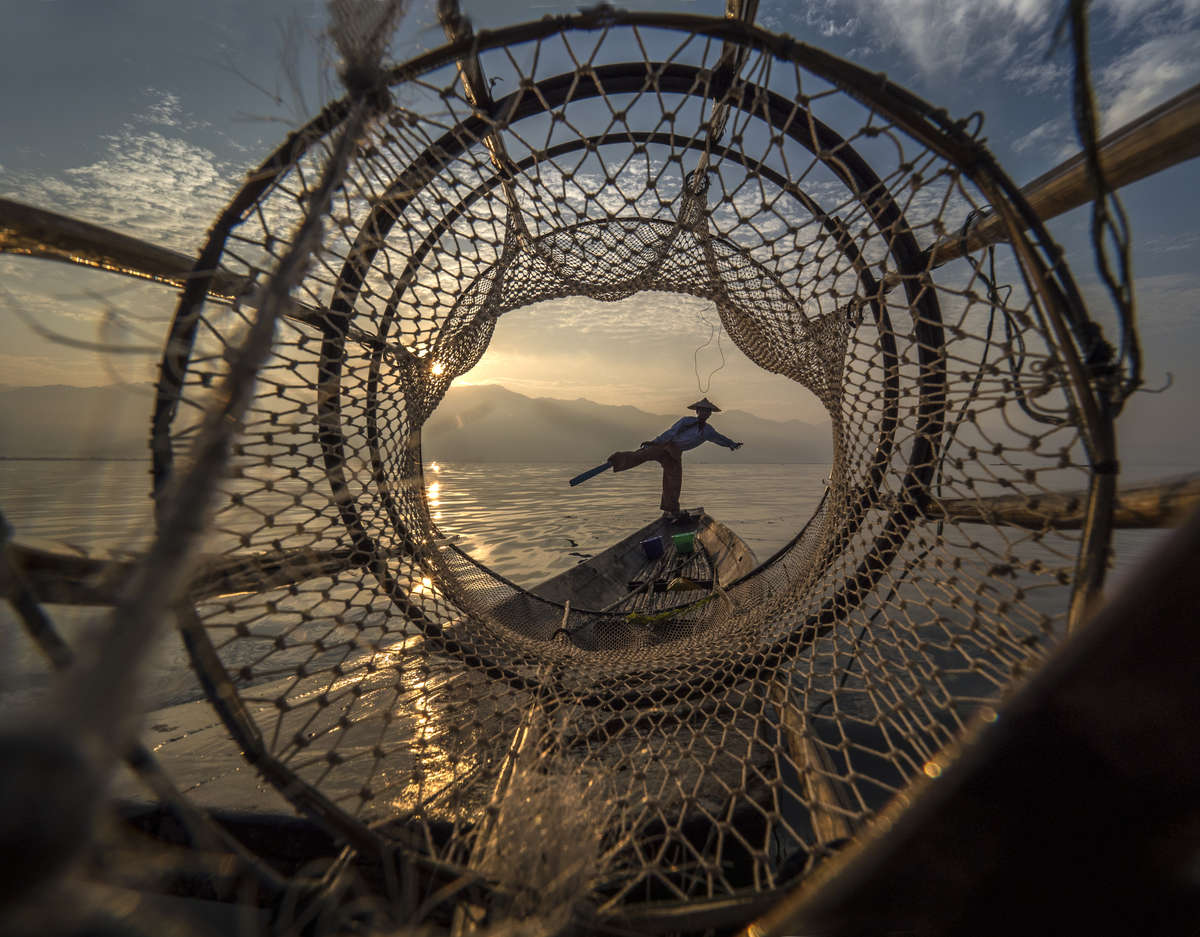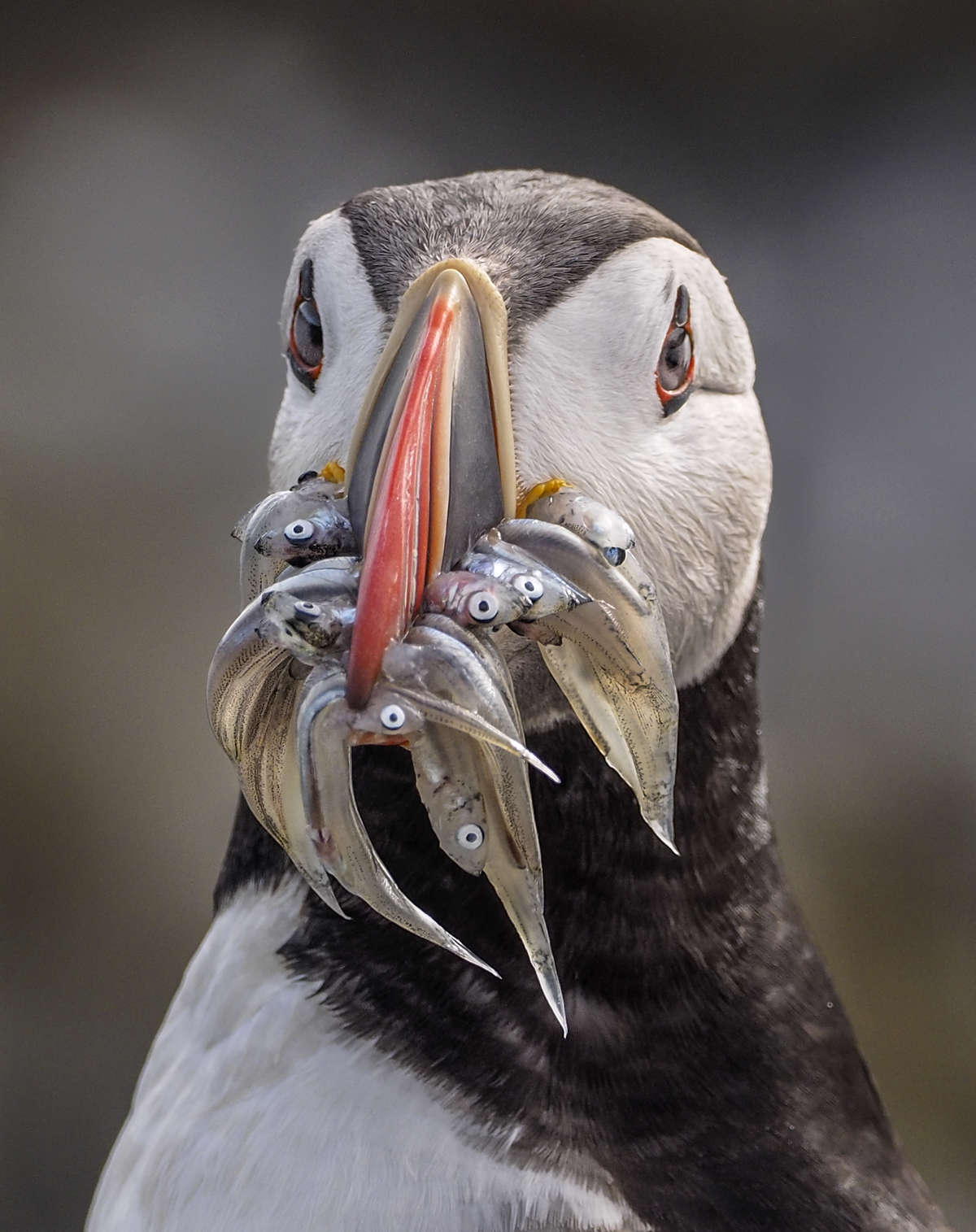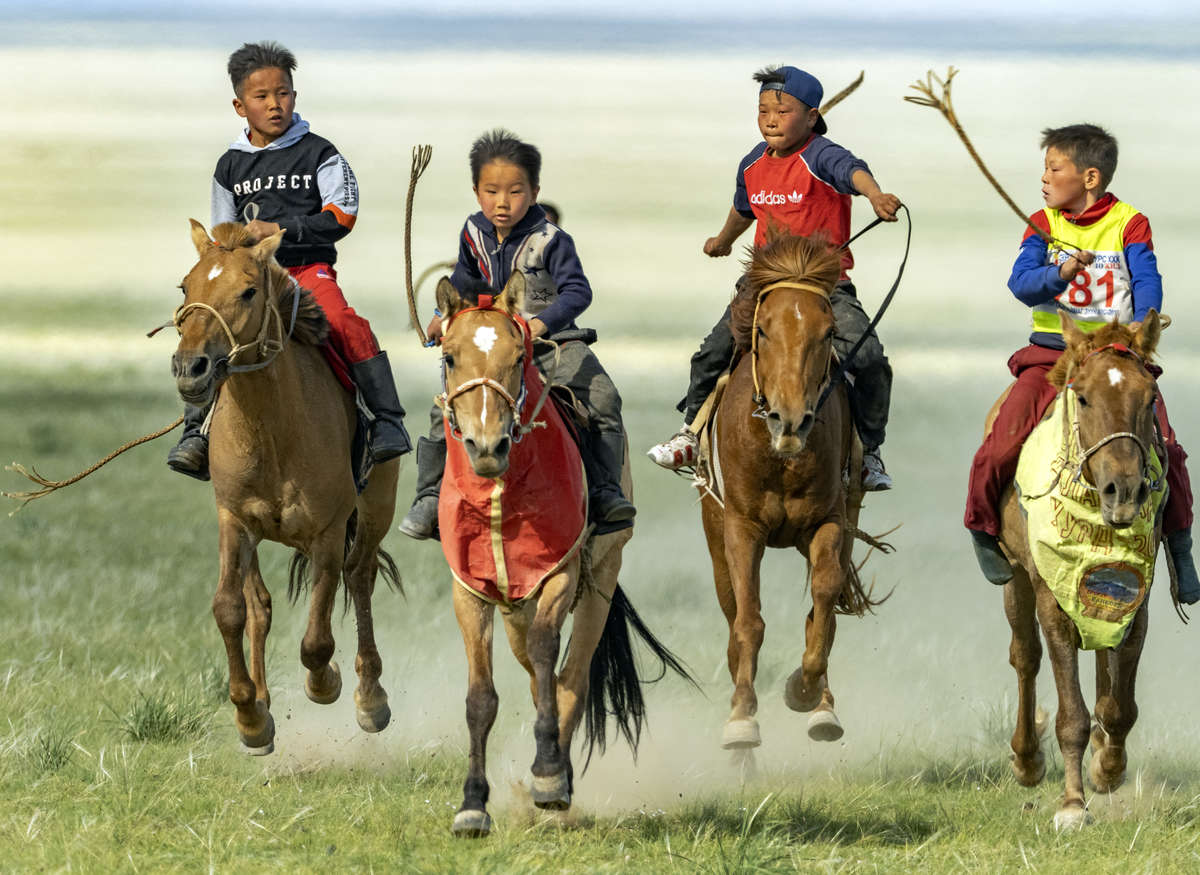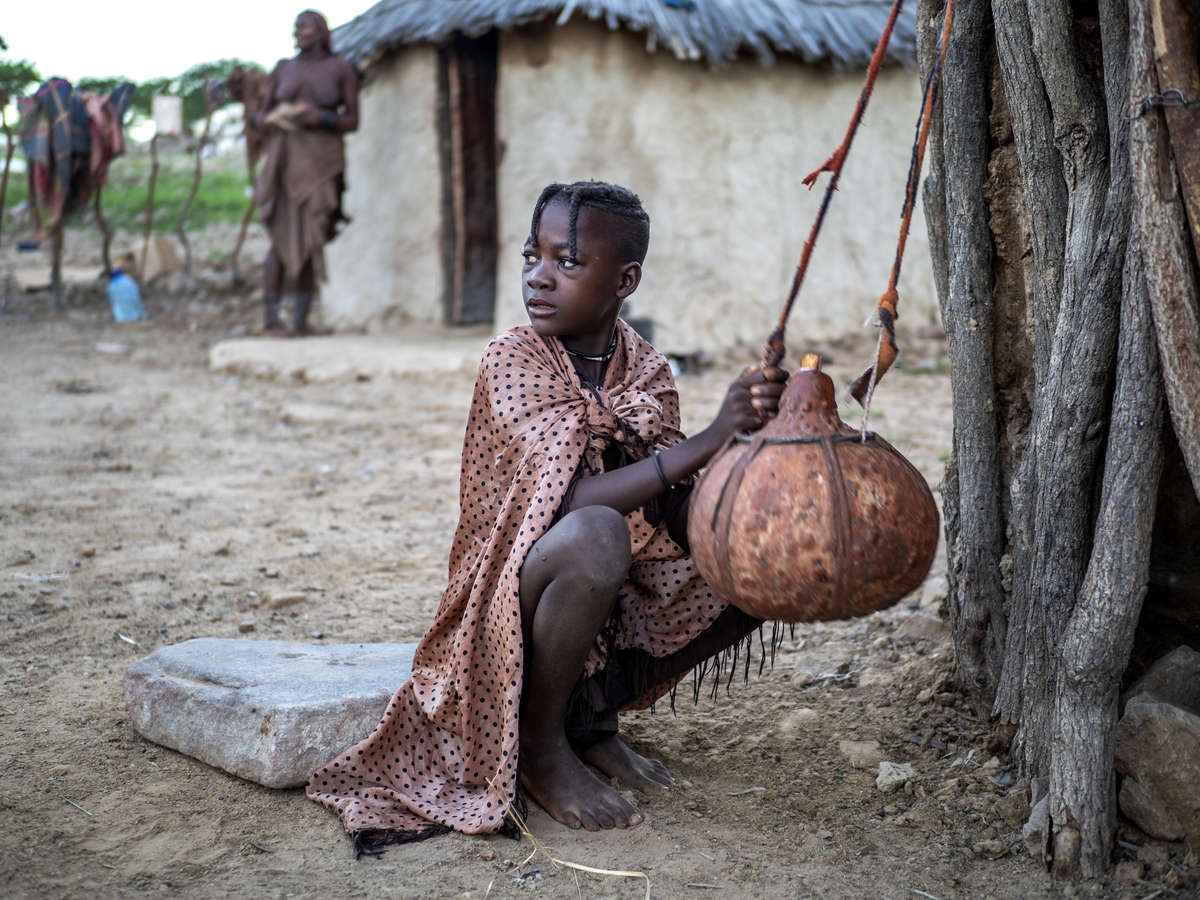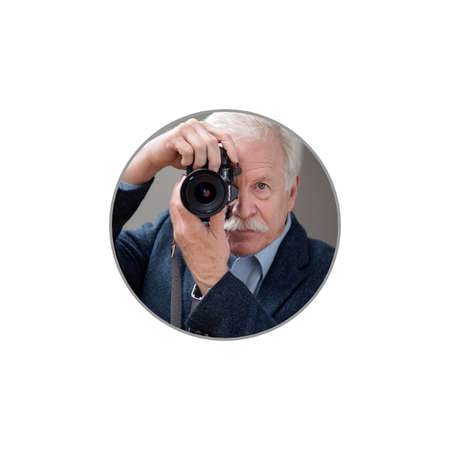MEET OLYMPUS VISIONARY JAY DICKMAN
WHO ARE YOU?
I claim Austin, Texas as my hometown. We moved to Colorado in 1986 and have called the Rocky Mountain State our home for 30+ years. While in Texas, I worked for the Dallas Times Herald for 16 years, winning many state and local awards, in addition to the Pulitzer Prize and the World Press Golden Eye. I started working with National Geographic in 1988 (first work published in the magazine was actually 1979, but that’s a long story).
I consider myself a generalist as a photographer, probably catalyzed from having worked for newspapers at the start of my career. Today, my work is mainly composed of travel, photojournalism, wildlife, people, and outdoors. A real smorgasbord.
My work takes me around the world, literally. I huge part of the year is spent working with National Geographic Expeditions, working as an “Expert” on their Expeditions. My job is to not only shoot, but to share knowledge and inspiration with those travelers that are on those trips. My wife, Becky, and I also lead our own FirstLight Workshop events, both workshops and photo expeditions, both domestically and internationally.
WHEN DID YOU REALIZE YOU WERE A PHOTOGRAPHER?
Growing up in a household with LIFE Magazine and National Geographic instilled my love for the still image. Two old coffee-table style books, “America at War” (collections of great photography from WWII) also heavily influenced my love of photography. I started out with a Kodak Instamatic, photographing my friends who owned dirt bikes, and that was the start. I loved and still love reportage/photojournalism/documentary-style work. Capturing real moments in life is still a huge thrill and rush for me. Early influencers included: Danny Lyons, Robert Frank, Max Yavno, Josef Koudelka.
INTRODUCING OLYMPUS
How did you get started with the Olympus system?
In my newspaper career, I didn’t use Olympus cameras, but I always looked at them and highly admired their intuitiveness, form-factor, and small size, which made sense to me. They addressed the original design ethic of the Leica camera. After a book project, “A Day in the Life of Africa’, of which Olympus was a major sponsor, I was approached by John Knaur, of Olympus, and asked if I’d be interested in being a sponsored Olympus pro. A tough decision, as I had a relationship with another manufacturer, but I loved the Olympus “road-map” of where they were going back to that original ethic of small, extremely high quality, a camera you could carry all day without experiencing fatigue.
What’s your go-to Olympus setup?
My "go-to” setup today is working with two bodies: either two E-M1 Mark III’s or an E-M1 Mark III and an E-M1X (depends on what I’m shooting, if in Africa, almost always the E-M1X).
In terms of lenses: I LOVE the M.Zuiko 12-100mm F4.0 IS PRO lens, and use it regularly. Working with my two-camera setup, I’ll often the M.Zuiko 7-14mm F2.8 PRO on the second body. When traveling internationally, my kit contains: 2 E-M1 Mark III’s, E-M1X, M.Zuiko 7-14mm F2.8 PRO, M.Zuiko 12.-100mm F4.0 IS PRO, M.Zuiko 40-150mm F2.8 PRO, both MC-14 and MC-20 teleconverters, and the M.Zuiko 300mm F4.0 IS PRO. I’ll also have in my roll-aboard case the trio of F1.2 PRO lenses: the 17mm, 25mm, and 45mm.
How does Olympus help you do your job?
My cameras are used in the “real world” of a working photographer and to have equipment that doesn't weigh me down or incentivize me to put the camera down because of its massive size is just logic.
WHAT’S YOUR FAVORITE PART ABOUT BEING A MEMBER OF THE OLYMPUS FAMILY?
I am passionate about Olympus as I feel they are going the correct direction in term of commitment to size.
TIPS FOR OTHER BUDDING PHOTOGRAPHERS
For those photographers trying to get into this business, realize that the camera is a tool, a cool tool, but a tool, none-the-less. Learn your equipment so well that it “gets out of the way” that it becomes an extension of your eye and mind. Also, become so technically proficient that your choices of exposure, metering mode, etc. are automatic. And, develop a style. You won’t impress potential art-buyers if presenting a book that is a copy of another photographer’s style. Also, when approaching a potential client, make sure your work addresses their needs.
TIPS FOR OTHER PRO PHOTOGRAPHERS
My advice for pro photographers: 1. Realize how brutally competitive this business is. 2. This is a business, and the more you understand that, the greater chance you’ll give yourself. I’ve seen great photographers, that had no business sense, fail. Conversely, I’ve seen photographers who were pretty good, but were sharp in terms of business acumen, who succeeded wonderfully. This is a cool business, but it’s still a business. The more seriously you approach that idea, the greater possibility for success.
MORE ABOUT JAY
Instagram: @JayDickmanPhoto
Facebook: JBDickman
Website: www.JayDickman.net
Workshop Website: www.FirstLightWorkshop.com
